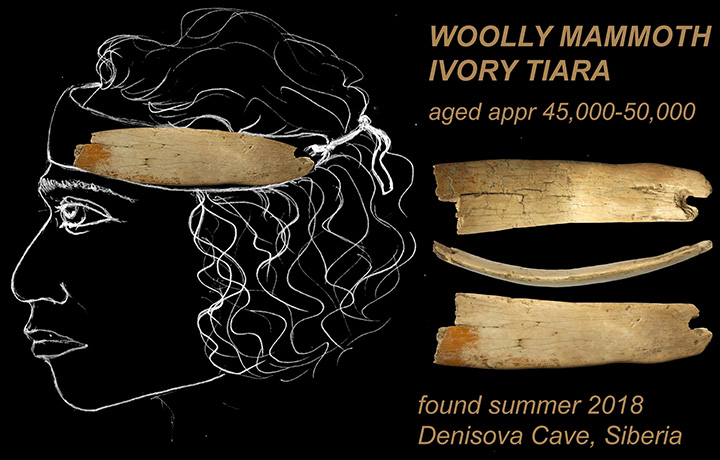At https://phys.org/print463398015.html … the oldest trace of bubonic plague has been found in a passage grave in Scandinavia – going back 5000 years. The discovery was made via DNA research as archaeologists wondered why so many people died out at around the same point in time (after C14 of the bones). It seems a plague pandemic may have been to blame – or this is the theory that is gaining traction. This is interesting as we have a major narrow growth tree ring event dated at 3150BC (on the Belfast dendrochronology). It has been known for a long time that climate change came in the wake of this event (or up to the acceptance of IntCal13 which appears to have changed the goal posts). A cool climate prevailed in NW Europe for a couple of hundred years and on a global scale there was migrations over long distances. For example, people from the steppe zone invaded Mesopotamia, evidenced by the Royal Tombs of Ur. They arrived on horses and moved quickly across the landscape. What was the driving force?
This is the same epidemic at the heart of the Justinian plague (in the 6th century AD) and the Black Death (in the 14th century AD). Now we have evidence it was rampant as early as 5000 years ago – a clear fingerprint of Yersinia pestis (thought to have an origin on the steppe). Others have placed its origin in Africa or India – but later consolidating itself amongst animals such as gerbils on the steppe. Further, we learn that people in different parts of the world succombed to plague during the Bronze Age (3000 to 1100BC roughly). It is not known where the plague first originated – but of course we have some theories, presented authoritively. These are of course based on what is already known and as Europe has been extensively researched in archaeological contexts and nobody gets hysterical about scientists playing around with human remains, you can bet your life that Europe would figure in current thinking concerning that original location. The Cucateri Trypillia culture north of the Black Sea is the favoured location – close to the steppes and a society with a large population in comparison with other regions in Europe at this time. Bigger populations existed in the Near and Middle East, at the time, but research availability is limited in comparison with Bulgaria (which has received lots of archaeological funding since joining the EU). They continue by saying that between 6000 and 5000 years ago big population centres gave traction to the spread of the plague – providing the conditions for it to flourish (but so far no mention of rats but presumably this might be in the back of their minds as rats are bound to follow humans from small settlements into larger ones).
As a theory separated from catastrophism it all sounds perfectly reasonable. However, when we note that there were major low growth tree ring events at 4250 and 3150BC we might wonder if all might not be as simple as we are being assured. Why does plague have to have a single point of origin as far as spreading is concerned? What if it is like some forms of influenza, spread through the atmosphere (birds considered its carrier). One might even think in terms of a possible cosmic connection as Mike Baillie theorised in his book, 'New Light on the Black Death'. However we may look at this new discovery it should spur archaeologists into investigating passage tombs in other parts of the world (and Neolithic tombs in general) as these are generally designated communal tombs. We even have speculation about population replacement in the Late Neolithic (in Britain this involved the arrival of people of the Beaker culture from the near continent after 2500BC). People from the steppe seem to have migrated in large numbers into eastern and central Europe somewhat earlier, close to 5000 years ago. Did this follow a pandemic of bubonic plague?
At https://www.independent.co.uk/news/science/archaeology/iron-age-burial-y… … two bizzare human burials are explored, both found in Yorkshire. They have inspired some speculation it could be said, even talk of vampires. What is certain is that human foibles are hard to assess from just a skeleton in a grave (even when it comes with two horses and a chariot).
At https://siberiantimes.com/science/casestudy/news/50000-year-old-tiara-ma… … the denisova cave is more famous for Denisova Man, a new human species that interbred with Neanderthals. The ivory tiara is not unique as tiaras are also known from the Siberian Yana river region of Yakutia and dated around 30,000 years ago. The big question being asked – what did such tiaras signify.
 …
… 
